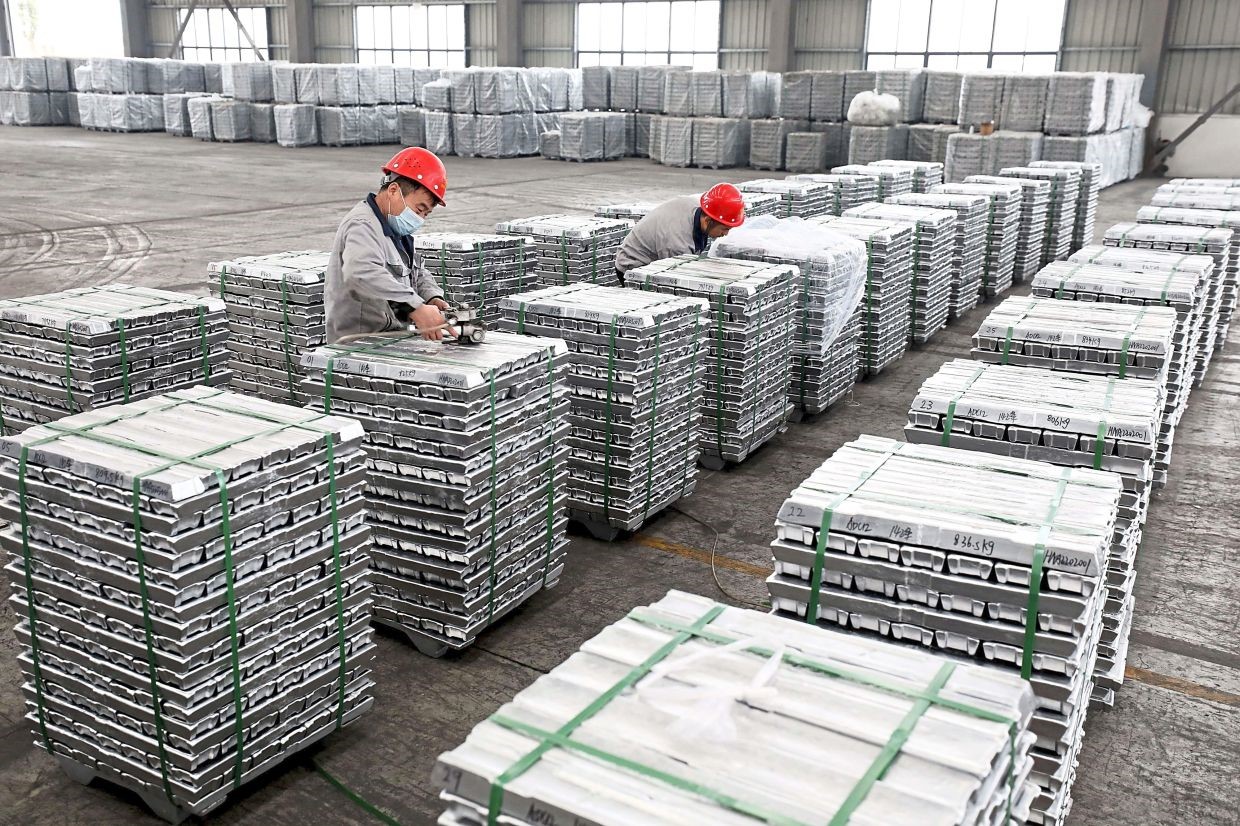

In September, China produced 5.3 per cent more primary aluminium compared to the previous year, according to the National Bureau of Statistics (NBS).

This increase is due to strong demand and low aluminium inventories. China, the world's largest aluminium producer, produced 3.58 million tonnes of primary aluminium last month.
Production in September increased notably in the Yunnan province, the fourth-largest aluminium-producing region in China. This increase was because smelters increased their operations, and the hydropower supply improved.
A year ago, production in the same region had to be reduced due to low rainfall and water levels, resulting in a 2 million tonne capacity reduction through the year's first half.
Despite the higher production, aluminium stocks remained low, primarily due to strong domestic demand from the solar and power sectors. Aluminium stocks on the Shanghai Futures Exchange hit their lowest point since March 2019 in September, down 66 per cent from the previous year. This low supply and high demand increased aluminium prices, with the most-traded aluminium contract on the Shanghai Futures Exchange reaching a 15-month peak in late September.
Higher prices boosted the average profit by 805 RMB per tonne, or nearly 28 per cent, compared to the previous month.
September's data indicates that daily aluminium output was 119,333 tonnes, up from 116,129 tonnes in the previous month. In the first nine months of 2023, China's primary aluminium output totalled 30.81 million tonnes, up 3.3 per cent from the same period in 2022.
Elevated domestic prices also resulted in a 63.2 per cent year-on-year increase in aluminium imports in the last month. China imported 331,716 metric tonnes of unwrought aluminium and related products in September, with imports from January to September totalling 2.04 million tonnes, up 21.5 per cent from the previous year.
Bauxite imports, a critical raw material for aluminium production, reached 10.02 million tonnes in September, up 23.1 per cent from the previous year. Imports for the year's first nine months increased by 12.8 per cent to 106.6 million tonnes.
As we enter the fourth quarter, China's monthly aluminium output is expected to remain at a level of 3.5 million to 3.6 million tonnes. Despite reduced rainfall in Yunnan, there is little risk of production cuts this month and the next due to abundant water storage.
In September, China's non-ferrous metal output reached a record monthly high of 6.42 million tonnes, a 7.3 per cent increase compared to the previous year. Total output for the January-September period was 55.02 million tonnes, up 6.8 per cent from the same period last year.
Responses








